Sri Lanka’s export-driven economy may be on the brink of a major setback, with the Free Trade Zone Manufacturers’ Association (FTZMA) warning that proposed US tariffs could cost the country up to 50,000 jobs in the first phase alone, and severely diminish its competitive standing in the South and Southeast Asian region.
FTZMA Chairman Dhammika Fernando, addressing the media yesterday, expressed deep concern over US President Donald Trump’s planned import tariffs, calling it a “direct threat” to Sri Lanka’s industrial stability and trade-dependent growth model.
“Initial data suggests that approximately 50,000 jobs are at risk,” Fernando said, highlighting that nearly 20% of Sri Lanka’s trade earnings, largely fuelled by the apparel and textile sectors, stand in jeopardy if the proposed tariff measures are implemented.
A heavy blow to apparel exports
The United States remains Sri Lanka’s single largest export destination, accounting for around 20–25% of the country’s apparel shipments.
According to Fernando, the proposed tariffs—part of President Trump’s broader “reciprocal” trade agenda—pose a serious challenge to the viability of Sri Lankan exports, particularly in labour-intensive sectors.
On 2 April, President Trump unveiled a sweeping tariff strategy that includes a 10% baseline tax on all imports and significantly higher levies for countries running trade deficits with the US.
Sri Lanka is reportedly among the most heavily affected, with a proposed tariff rate of 44%, though industry sources caution the effective rate could reach 54% when the base tax is included.
Countdown to a crisis
Implementation of the tariffs was temporarily suspended following international backlash, with a 90-day negotiation window set to expire on 9 July. However, Trump reaffirmed last Friday that, barring any breakthrough in talks, the tariffs would not only be enforced from 1 August but could rise as high as 70%.
“This level of uncertainty makes it incredibly difficult for exporters to plan, invest, or sustain existing orders. We’re already under pressure from regional competitors who enjoy far better access to the US market,” Fernando said.
He identified countries such as Bangladesh, Vietnam, India, Laos, and Cambodia, noting that these economies are well-positioned to absorb Sri Lanka’s market share should the tariffs go into effect.
A call for strategic realignment
Responding to questions on what tariff level would be manageable, Fernando stressed that zero tariffs would be ideal, while 10% should be the maximum acceptable rate under current conditions.
Looking ahead, he urged the Sri Lankan Government to pursue an urgent economic reorientation and initiate high-level negotiations with Washington, drawing inspiration from Vietnam’s recent success in securing preferential tariff terms.
“We need to act on two critical fronts—diversifying our product range and expanding into new markets,” Fernando said, naming the UK, EU, Japan, and China as viable alternative destinations for Sri Lankan exports.
He also underscored the necessity of technological advancement, calling for increased investment in automation, productivity tools, and workforce training to boost Sri Lanka’s global competitiveness.
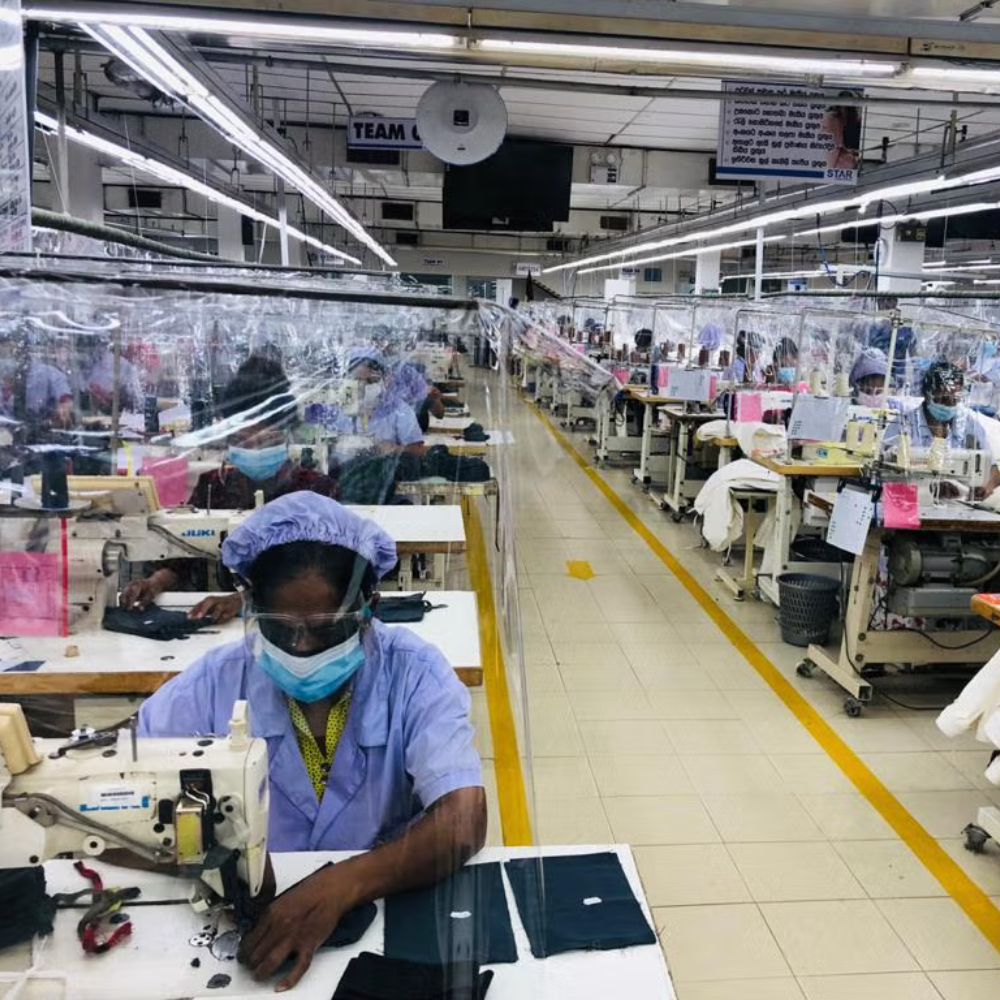


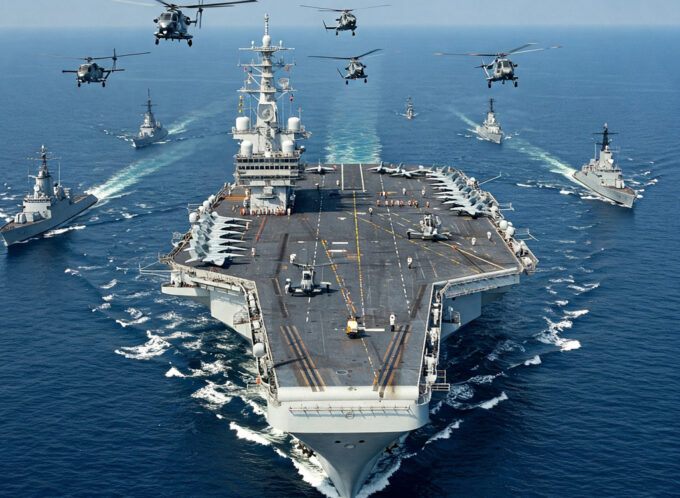

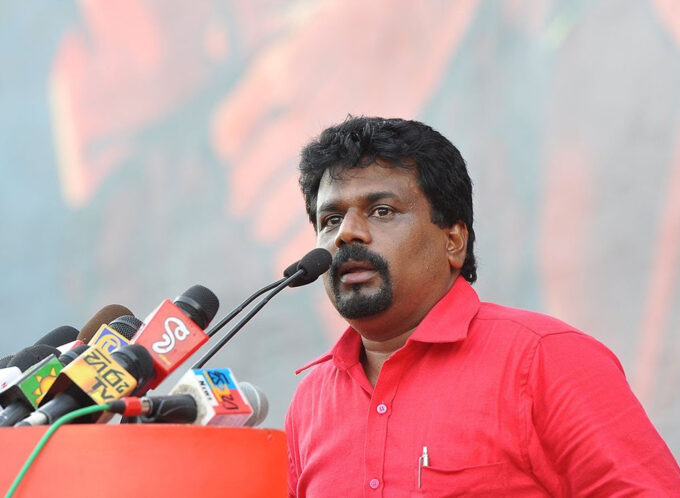
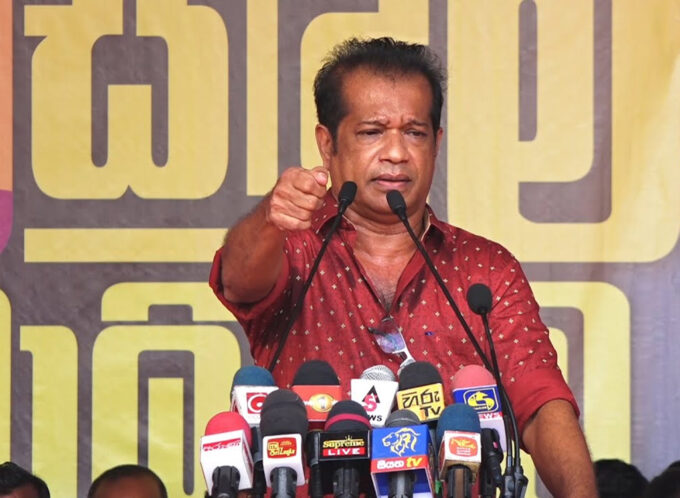

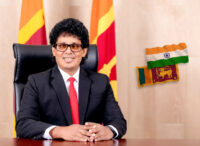

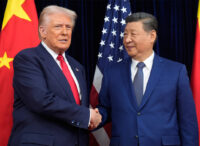
Leave a comment